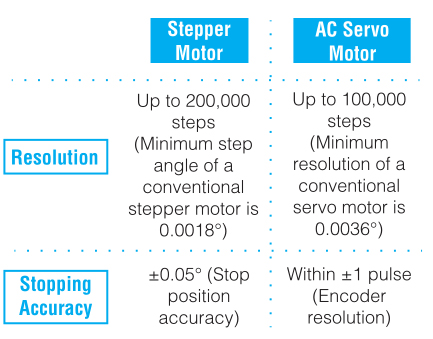StepPancake stepper motor for an extruder you should know
Is pancake stepper motor possible for an extruder?
Q1:What"s the smallest motor possible for an extruder?
Looking at the E3D titan, some people are claiming 18Ncm nema 17 motors, which weigh around 140g. Would this provide enough push on a 1.75mm filament? I"m dubious that this will do it, but my only experience is with my direct drive extruder, running a pretty beefy 59ncm motor. I"m pretty sure this is too much, but I"ve not had any problems so far apart from the weight.
Anyone had any experience with running these small pancake stepper motors on an E3D titan?
A1:1. The steps/mm in the formula takes account of the gearing and the hobbed insert diameter. So don"t multiply the motor torque by the gearing ratio, just multiply it by the steps/mm.
2. I am not saying that you can"t extrude with less torque than my rule suggests, but in my experience you need that amount for reliable extrusion in a range of situations and with as range of filaments. My rule also allows about 25% margin, because you want a little spare torque and you don"t want to run the motor at full current. You can increase temperature to allow extrusion with lower torque, but that generally increases stringing when printing PLA.
Some examples:
Direct drive extruder with 100 microsteps/mm @ x16 microstepping and 60Ncm motor: 100/16 * 60 = 375. Below 500 so marginal.
Ormerod extruder with 420 steps/mm @ x16 microstepping and 22Ncm motor: 420/16 * 20 = 525. Above 500 so OK.
Q2:dc42 - Interesting rule of thumb. If I apply that to my Wade extruder 747 steps/mm 9:47
required motor torque = 500 /(747/16) = 10.7Ncm
which could be easily be handled with a NEMA 14 or NEMA 17 pancake ~120-140gr
So if for nothing else than to reduce overshoot, I should be replacing my 40Ncm 285gr NEMA 17 on my existing Wade with a NEMA 17 pancake.
It"s not a common problem for a wade extruder gear to wear out or break. So the Wade could be put on a diet. Gears also printed in nylon. Lower ratio. Lower gear module. (I print functional servo gears down to 0.5 module).
Seems like the advantage of the Titan is that it is small, light weight, and off the shelf....but where"s the fun in that? I think we"re all getting lazy and drinking the Cool-Aid. I"ve got this 3d Printer thingy sitting in the corner of my basement...
Has anybody seen a pancake stepper motors, 3d printed gear, direct drive/non-bowden extruder for a core XY like a d-Bot?
What"s the smallest motor possible for an extruder?
How To Choose A CNC Stepper Motor With Useful Standard

